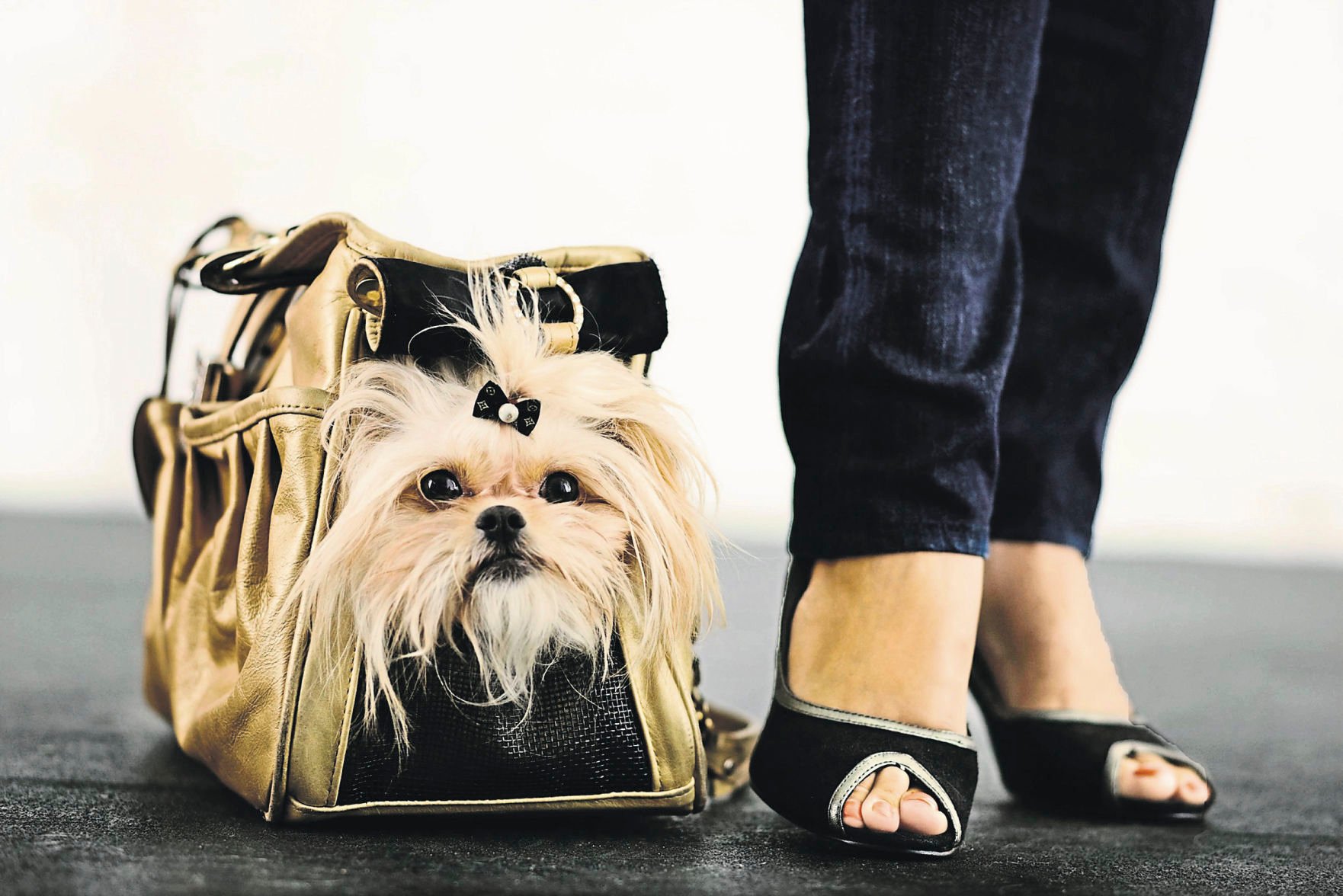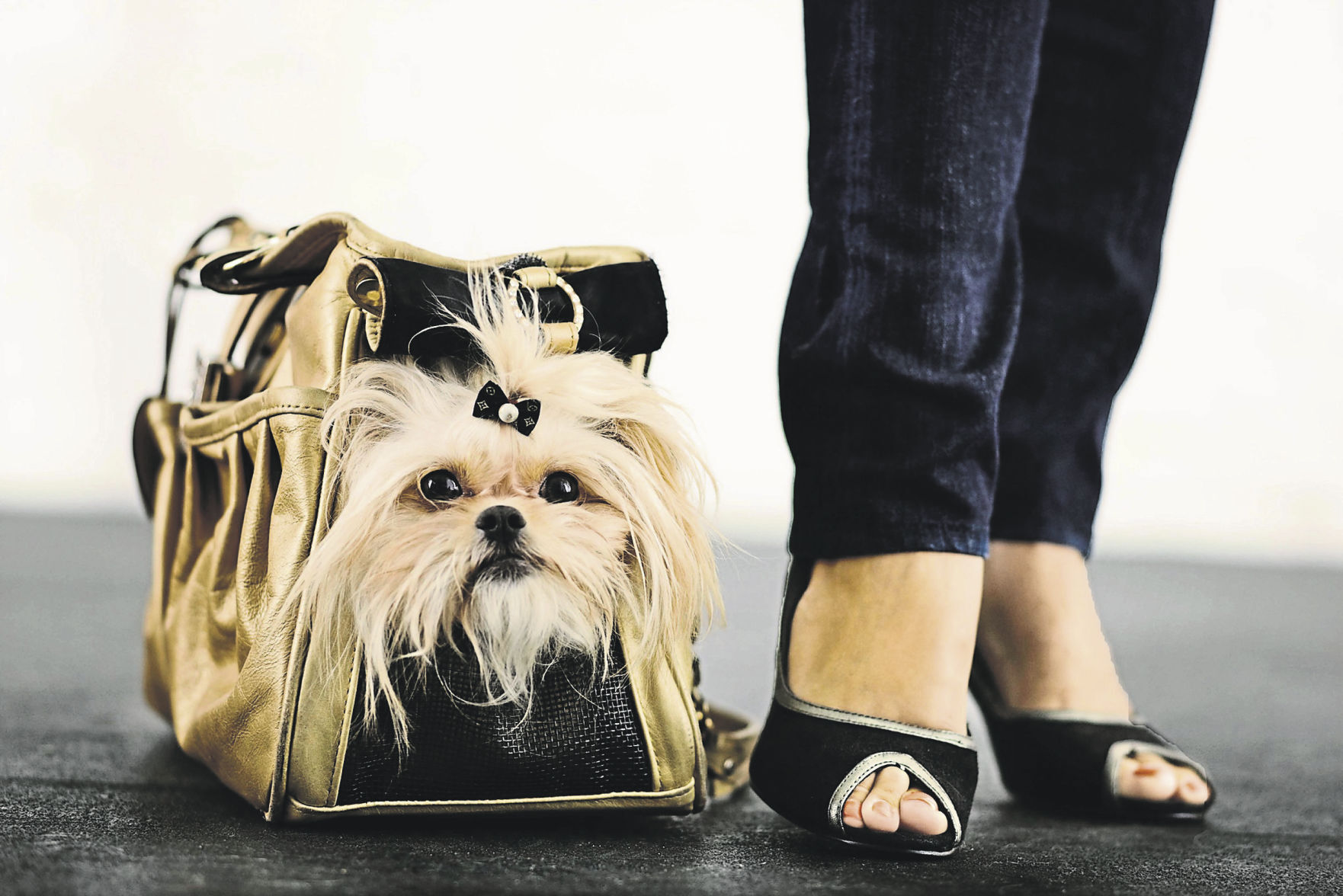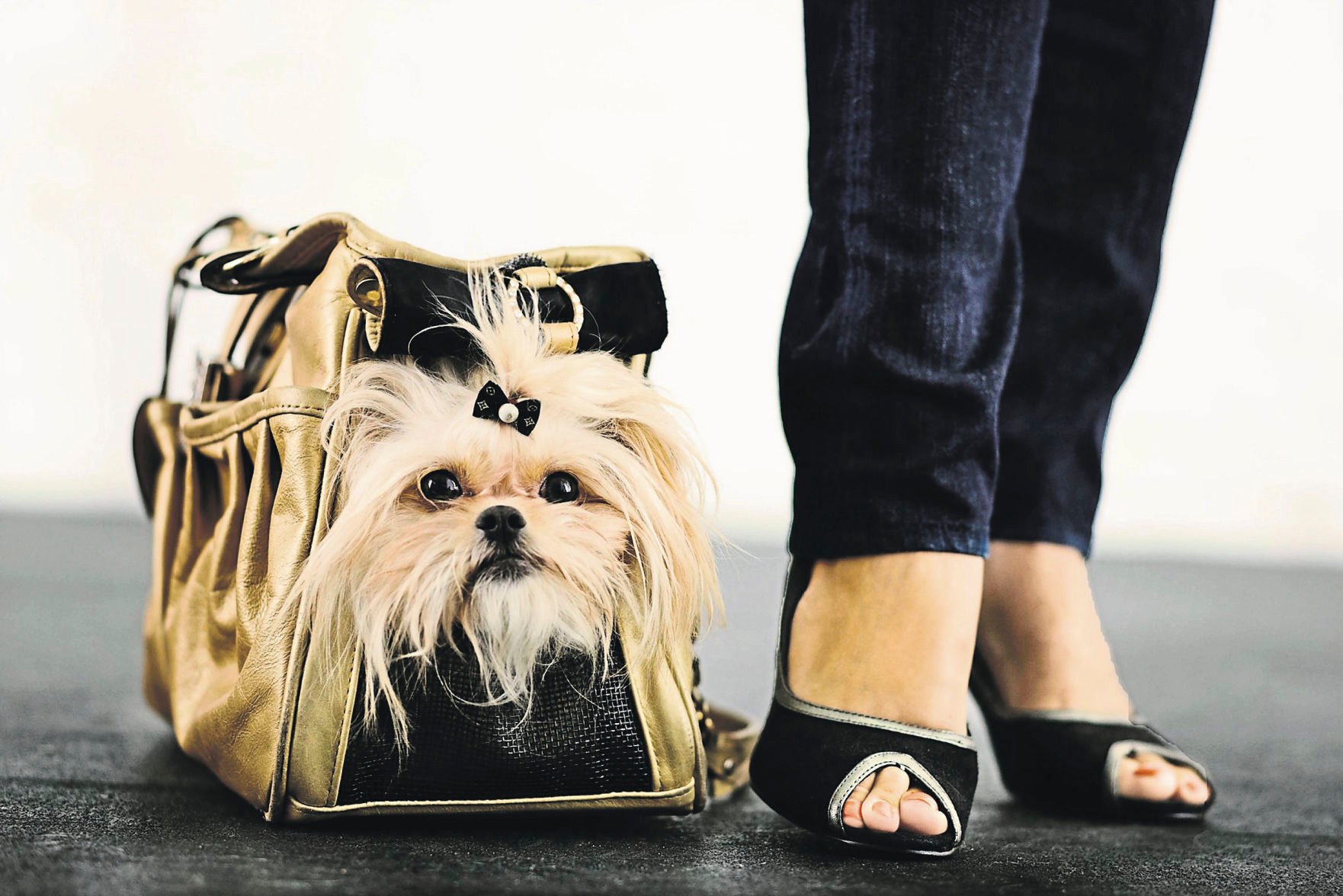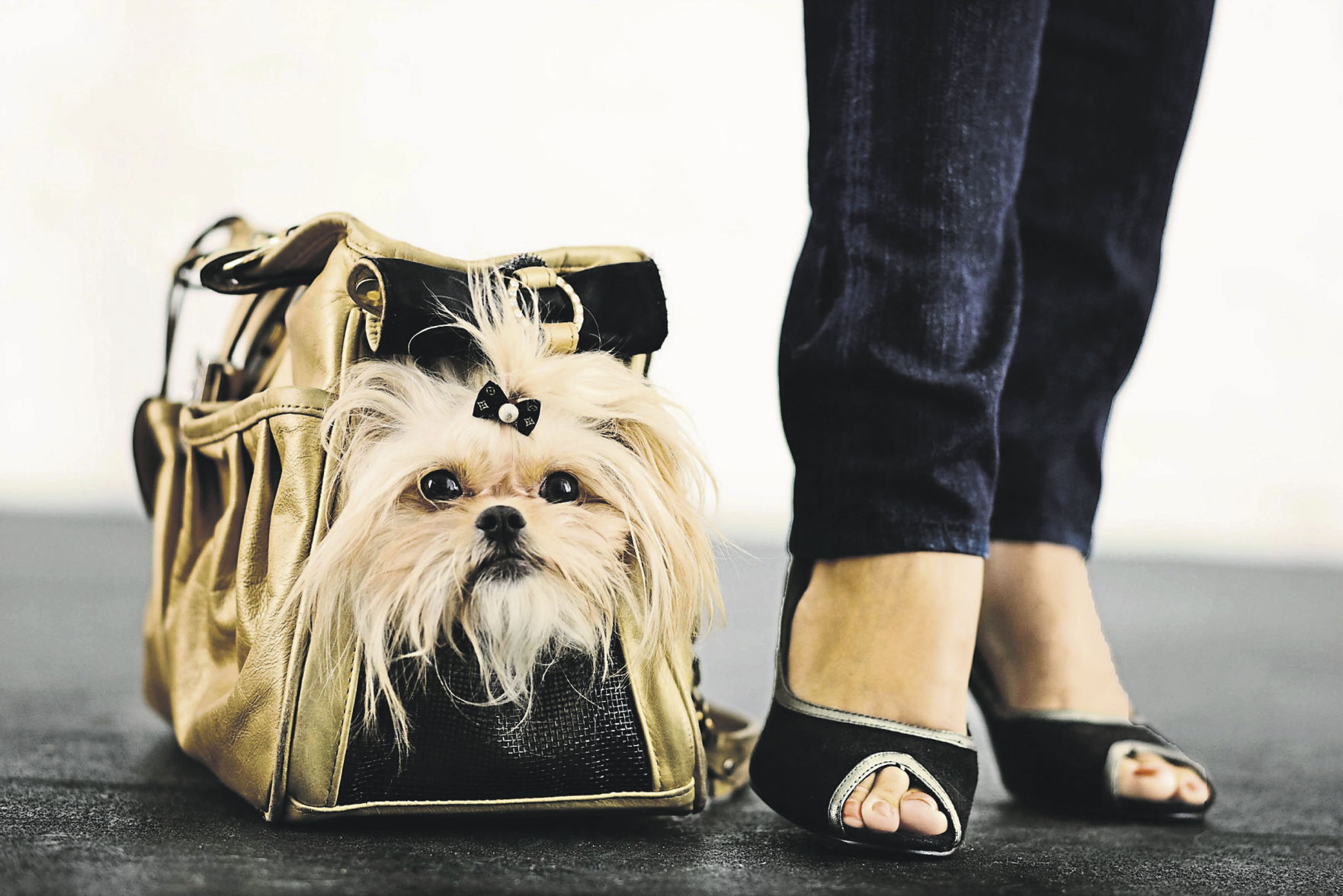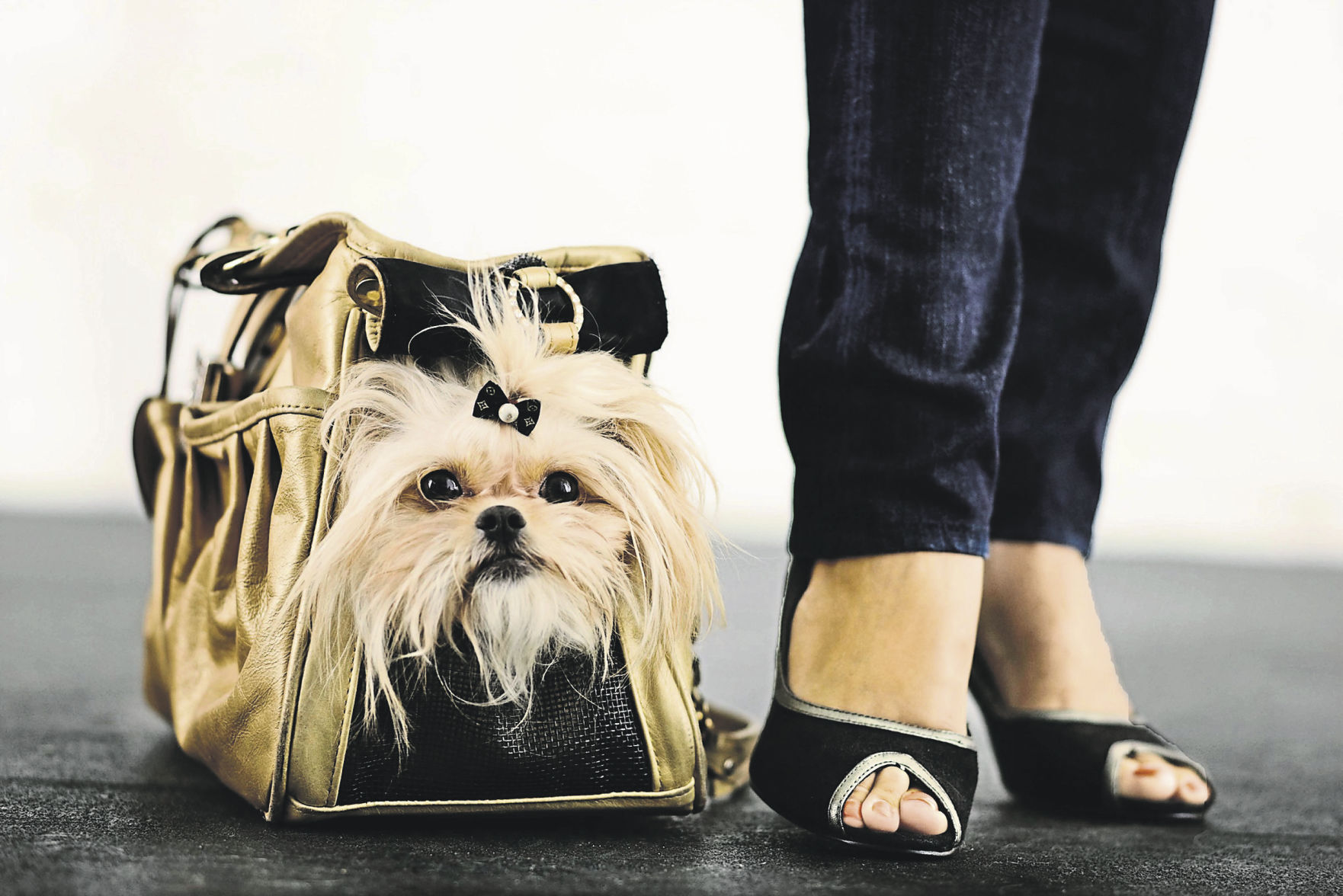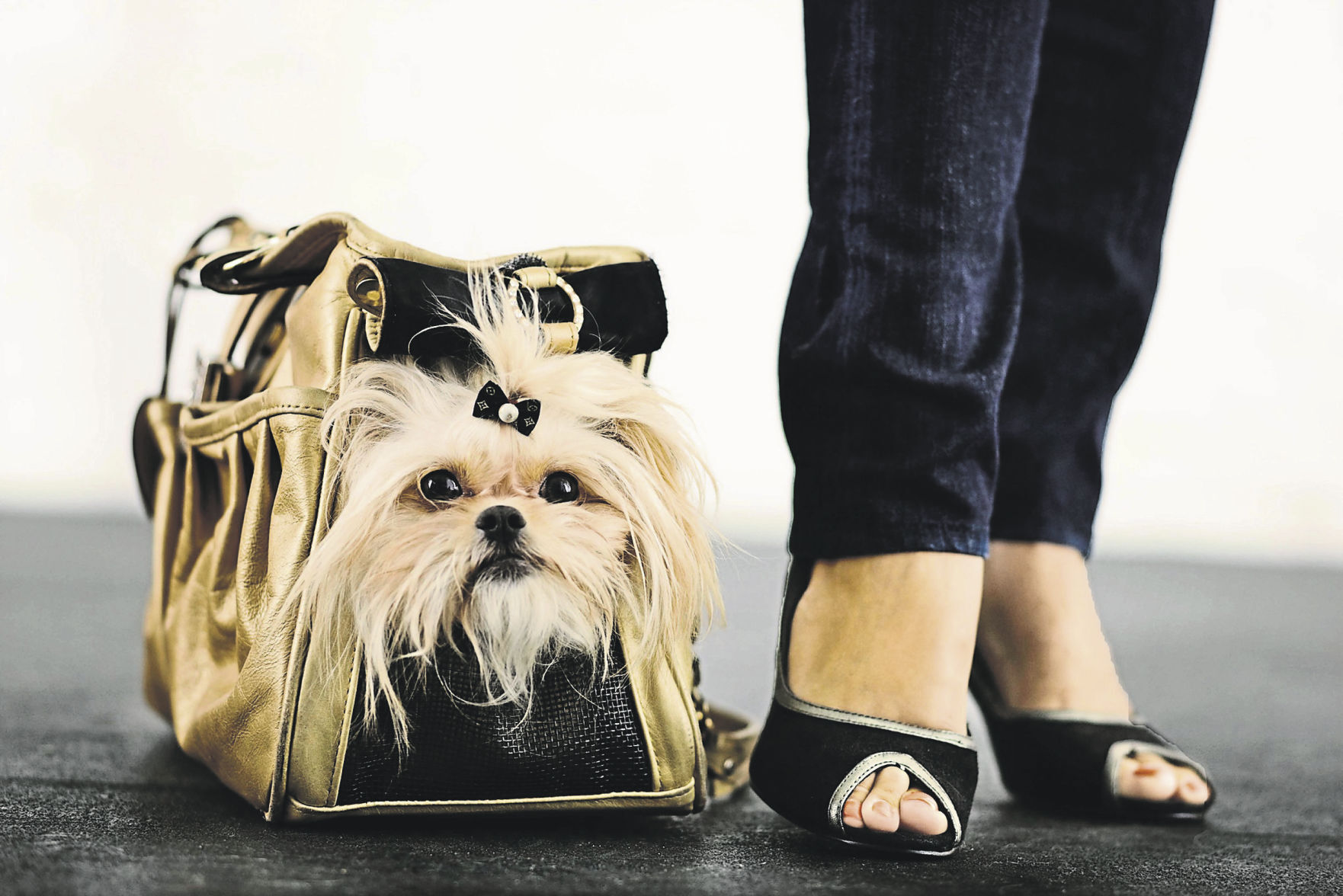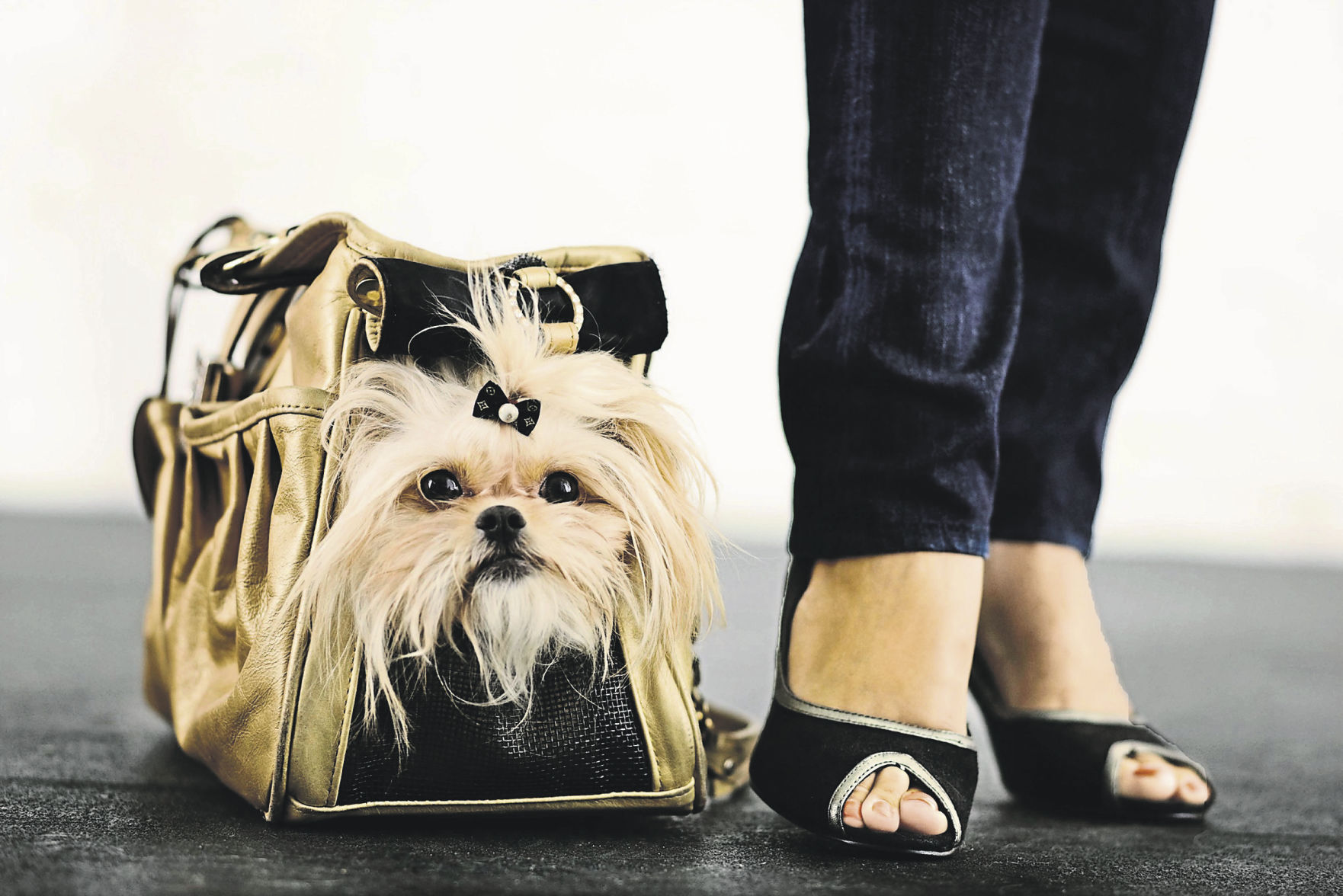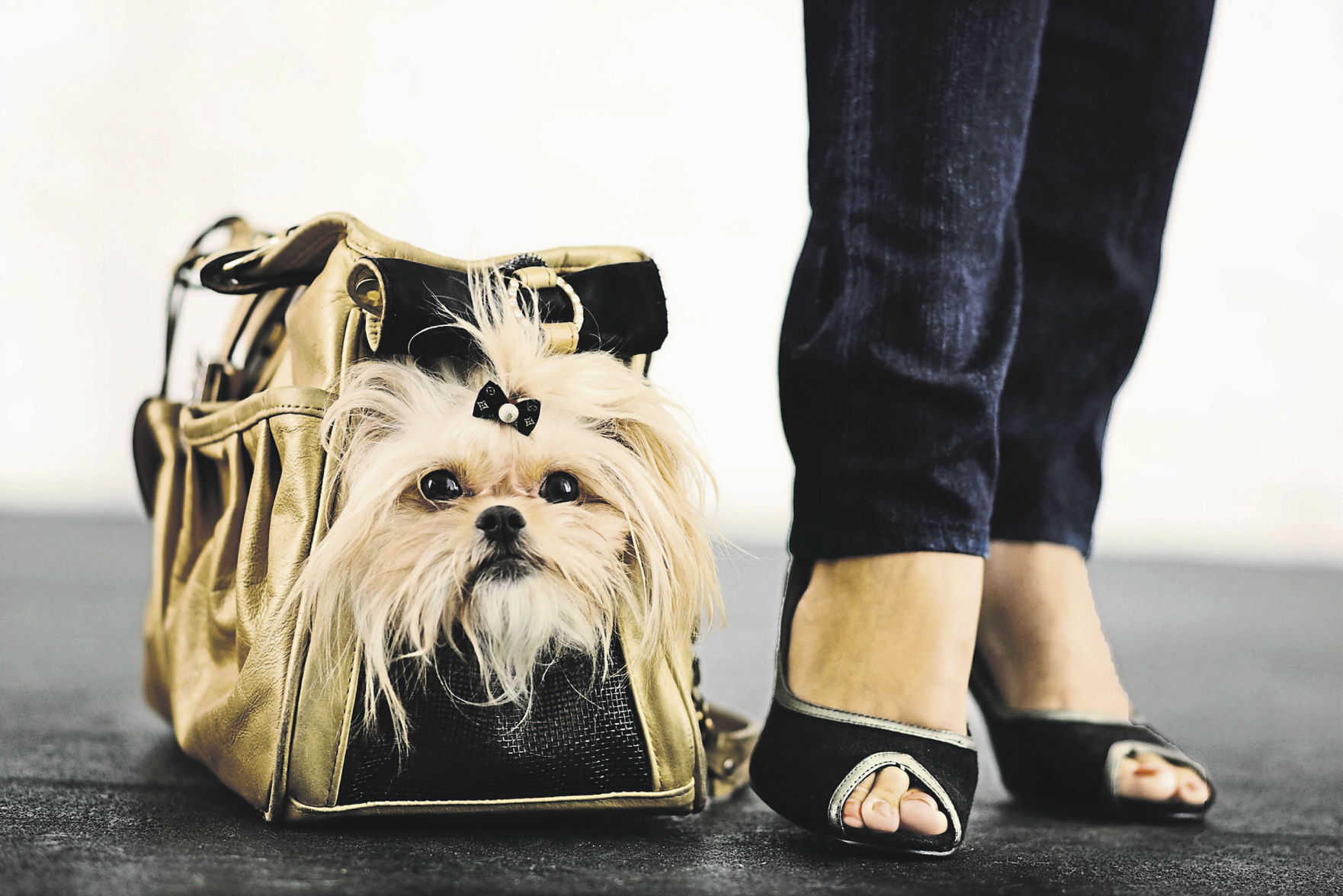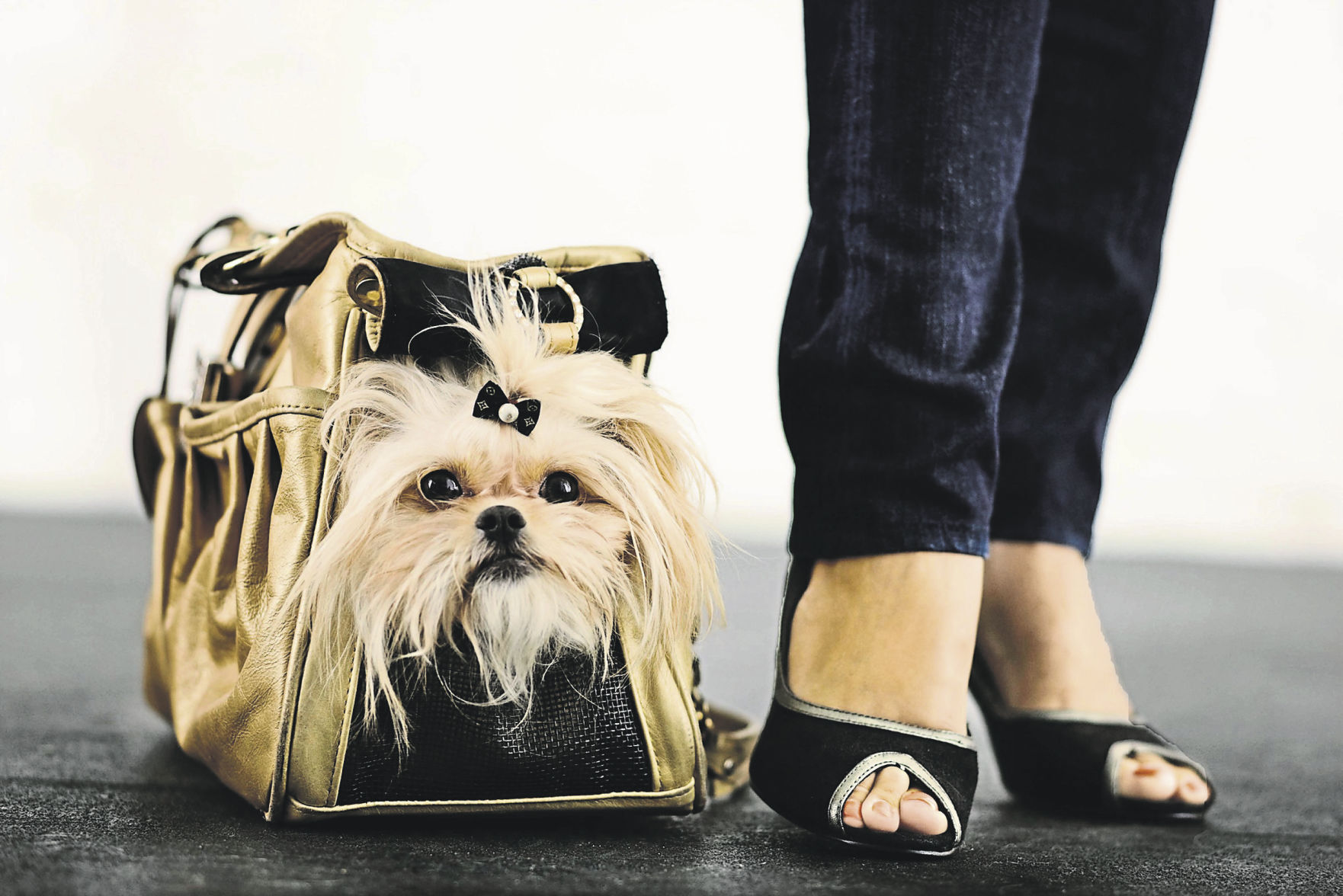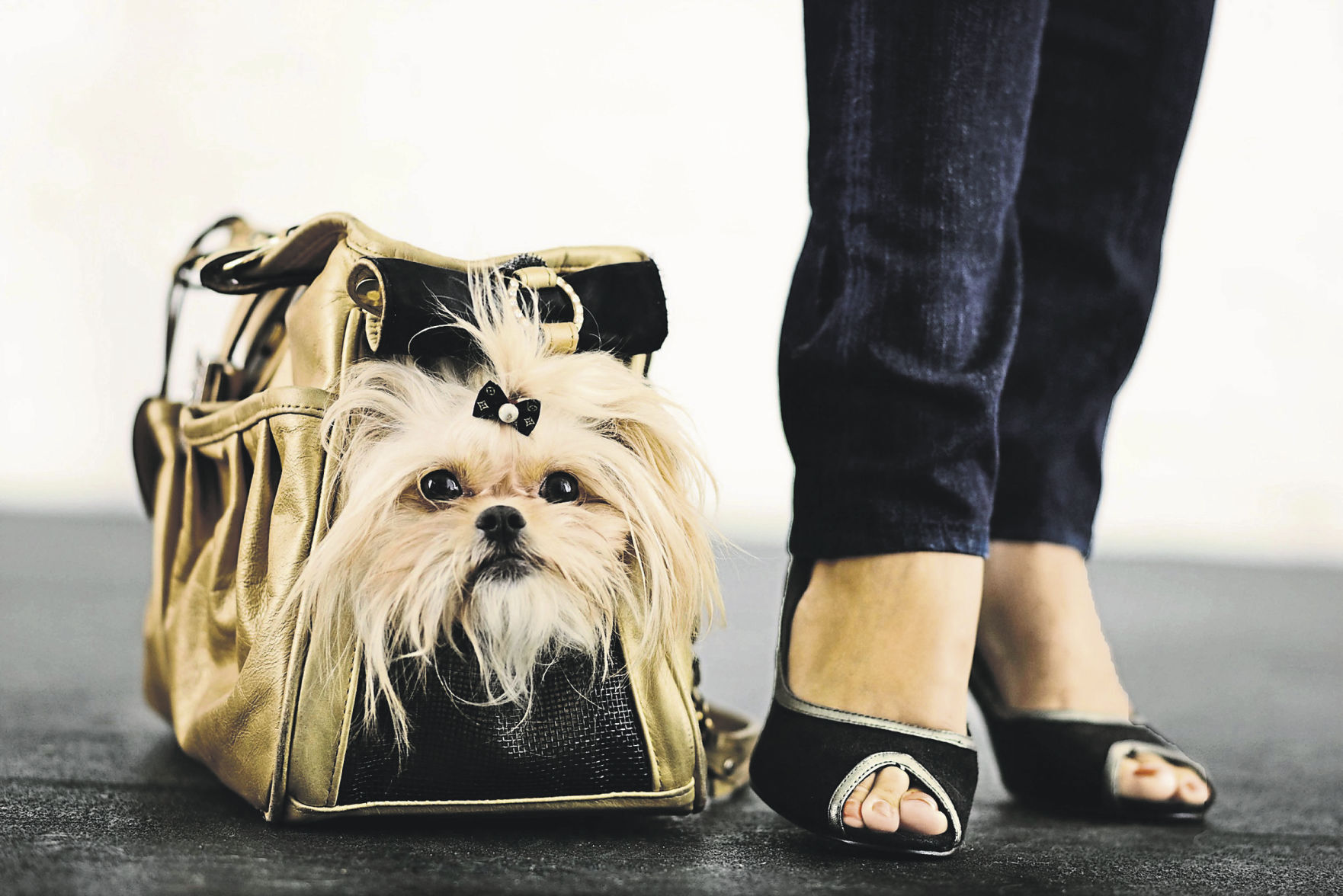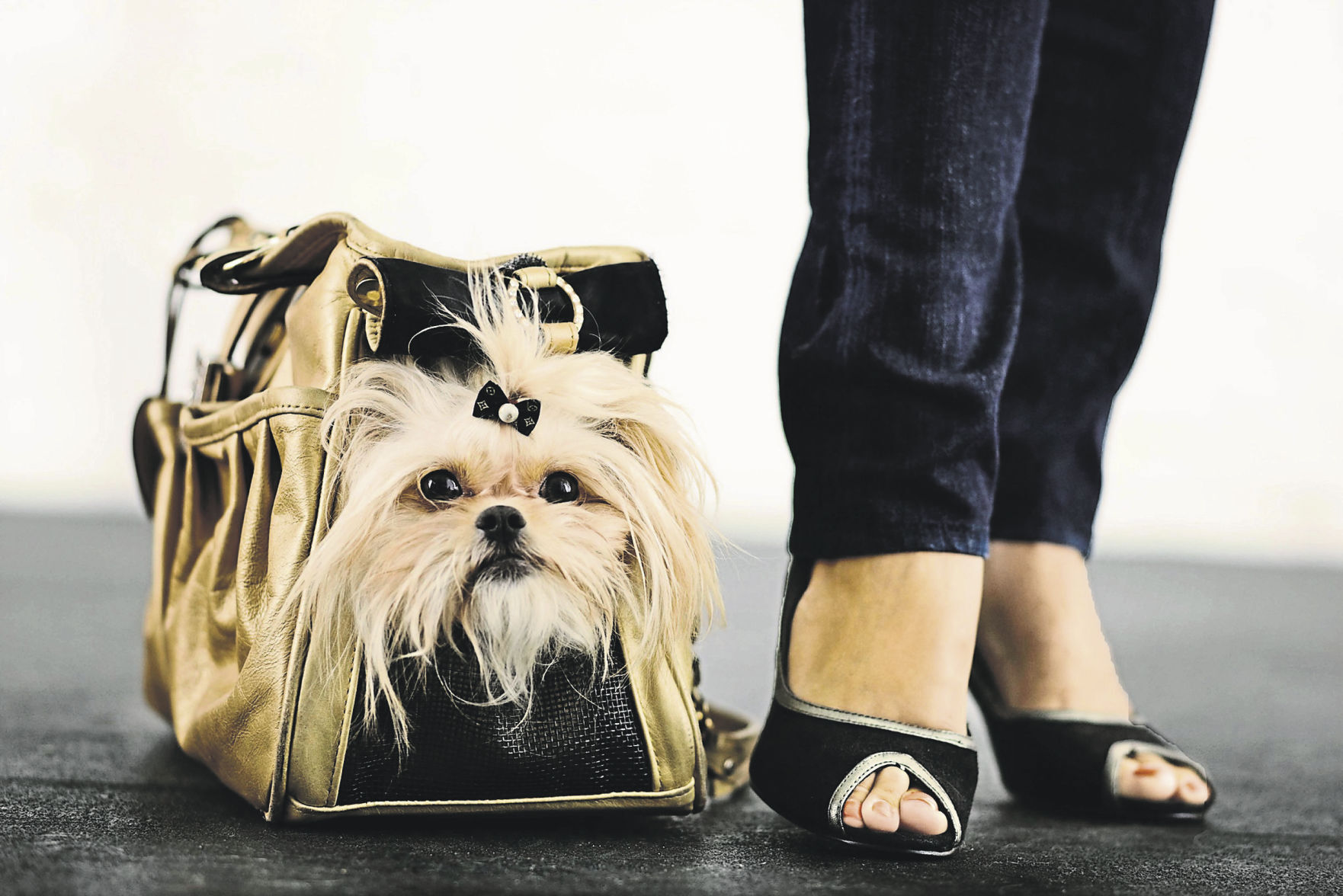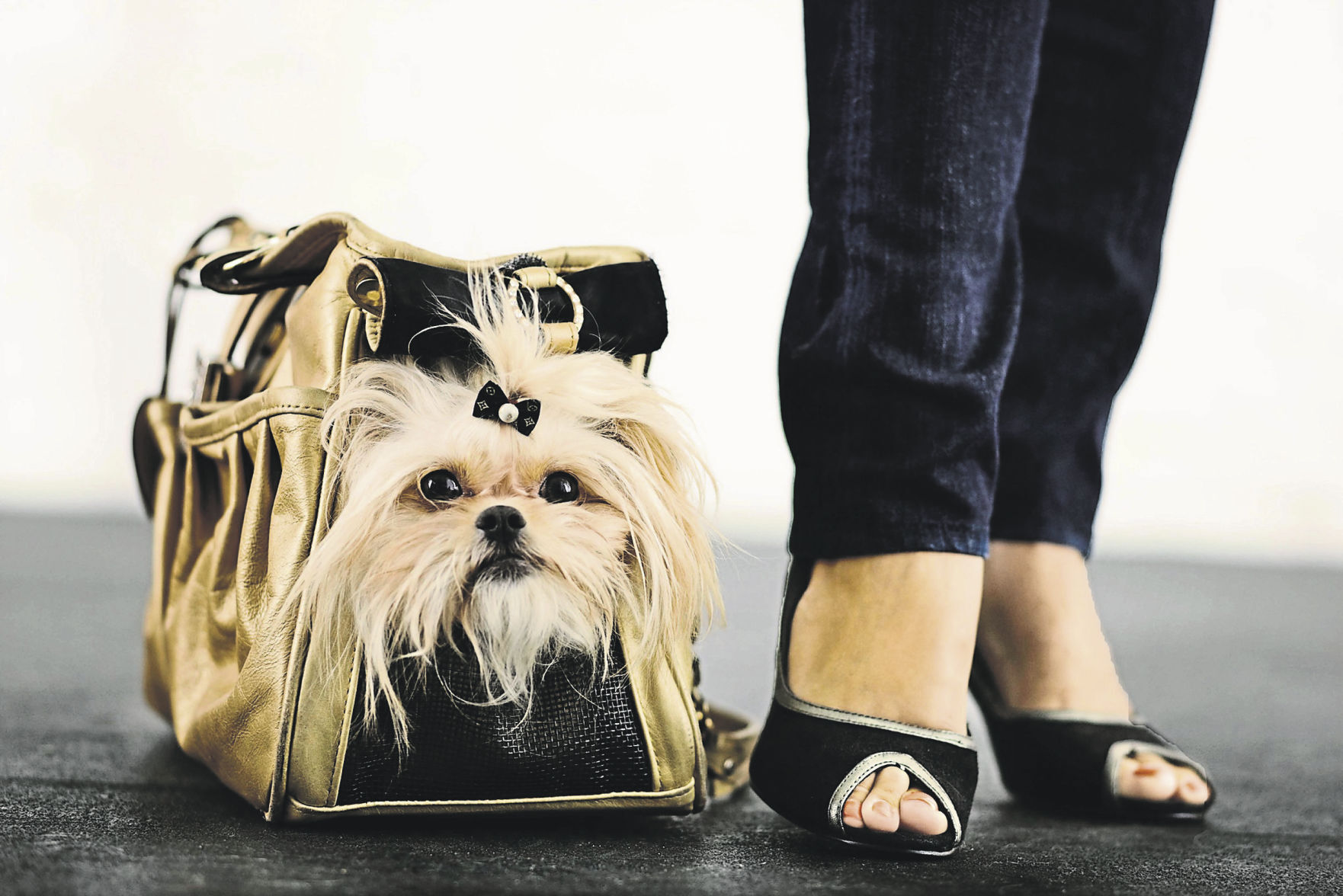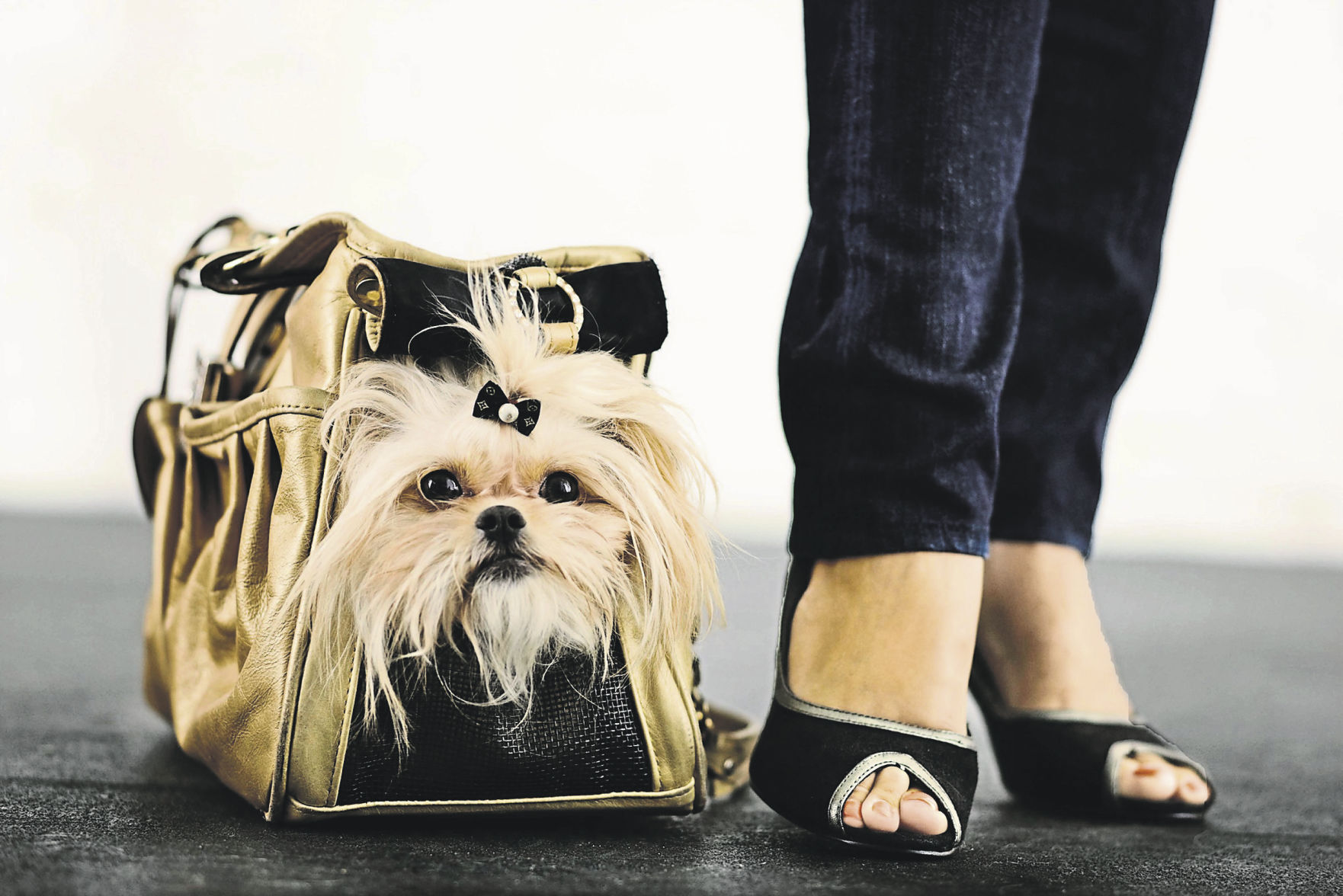Our four-legged companions have been enjoying their version of paradise for the past year, finding their owners at home more with an abundance of extra time to play, walk and hang out with them.
At the same time, pet owners have come to rely on their pets as anxiety relievers, stress reducers and work-at-home buddies during the pandemic. According to the American Pet Products Association, 11.9 million Americans added a pet to their families in the past year.
So it only makes sense that, particularly this year, pet lovers will want to include their canine and feline pals in their vacation plans.
The American Automobile Association predicts that road trips will be at an all-time high this summer. More people are traveling with their pets — 37% of pet owners bring them on vacation, according to the APPA, compared to just 19% a decade ago.
Doug Kratt, president of the American Veterinary Medical Association and a practicing veterinarian in La Crosse, Wis., and Bri Eickhoff, director of operations at the Dubuque Regional Humane Society, said the key to a successful trip is planning and preparation.
“Being prepared is the number one priority,” Kratt said.
“It’s a very multifaceted topic,” Eickhoff added. “There’s the preparing, the planning, what to do when you get there, making sure you have everything you need.”
Make sure they’re welcome
Kratt emphasized that taking a pet on a vacation can be a bit of an undertaking, and that checking to make sure your pet is welcome not only at your destination but also at any sites you might be planning to visit, is imperative.
“Plan it out,” he said. “There is a lot of information on the AVMA website (and other sites) that can help you with planning.”
Pet-friendly hotels also can help with this information. If you and your family will be visiting a tourist attraction or other site that isn’t pet friendly, the hotel might be able to assist you with pet sitting or can recommend nearby boarding facilities where you can board your pet for the time you’ll be sight seeing.
Prepare your pet
Taking your dog or cat on short trips around town can give you an idea of whether trying a longer trip is a good idea.
“If they get anxious or carsick, it may be worth rethinking if they should actually go with you,” Eickhoff said. “It might be worth talking about boarding them or hiring a pet sitter during your trip.”
Pet safety
With planning and proper preparation, traveling with your pet can be an enjoyable endeavor.
“A lot of these animals adapt very well,” Kratt said. “We get more worried about it than they do.”
Kratt recommended investing in a seat harness or belt for your dog or cat carrier. It will keep them secure and safe in case of a quick stop or accident.
“Whatever you do, never leave your pet in a vehicle,” Kratt said.
Even on a day that seems comfortable to you, the inside temperature in a car can rise to dangerous levels within minutes, putting a pet at risk of serious illness or death.
You also will want to make sure you have your pet’s immunizations up to date and that you carry their shot records with you. Check regulations for the state(s) you plan to visit. Some states require a certificate of veterinary inspection if you travel through or stay beyond a certain number of days. Your vet can provide you with one.
Make sure your pet is microchipped, and that the information is current. Put an ID tag on their collar with your name and cellphone number.
“Even a temporary tag with the hotel name and number or the address where you’re staying can be very helpful if your pet gets lost,” Eickhoff said.
Do some research, and find a vet or urgent care clinic in each city where you’ll be staying. It will save time, and perhaps your pet’s life, if you have a number at your fingertips in case of an emergency.
Don’t hesitate to let your vet know you’re traveling. They know your pet, can recommend medications for car sickness or anxiety, provide you with proper documentation to carry on your trip and answer any questions you might have.
“Speak about any issues with your veterinary team,” Kratt said. “It’s not a one size fits all scenario.”
Diet
Don’t vary your pet’s food routine. Be sure to take enough of their regular food, or medication if necessary, to last the length of your trip.
“It’s never a good idea to get somewhere and realize that the nearest store in an unfamiliar city doesn’t have the food you need for your pet,” Eickhoff said.
Feed a light meal the morning of your departure, take a bit of a longer walk and bring along some familiar items.
“Make sure they have some of the things that keep them calm,” Kratt said. “Have some of their blankets or toys or things they’re used to.”
Consider a pet sitter
If you hire a pet sitter to come into your home, be sure to introduce your pet to them once or twice before leaving, and make sure you write down your pet’s daily routine.
“A pet sitter might be the best way to ensure your pet’s routine stays consistent,” Eickhoff said. “And boarding can run the gamut, so you need to do your research and decide what you want and what will work for your pet.”
For more information about traveling with your pet, visit www.avma.org.
Michelle London writes for the Telegraph Herald.



